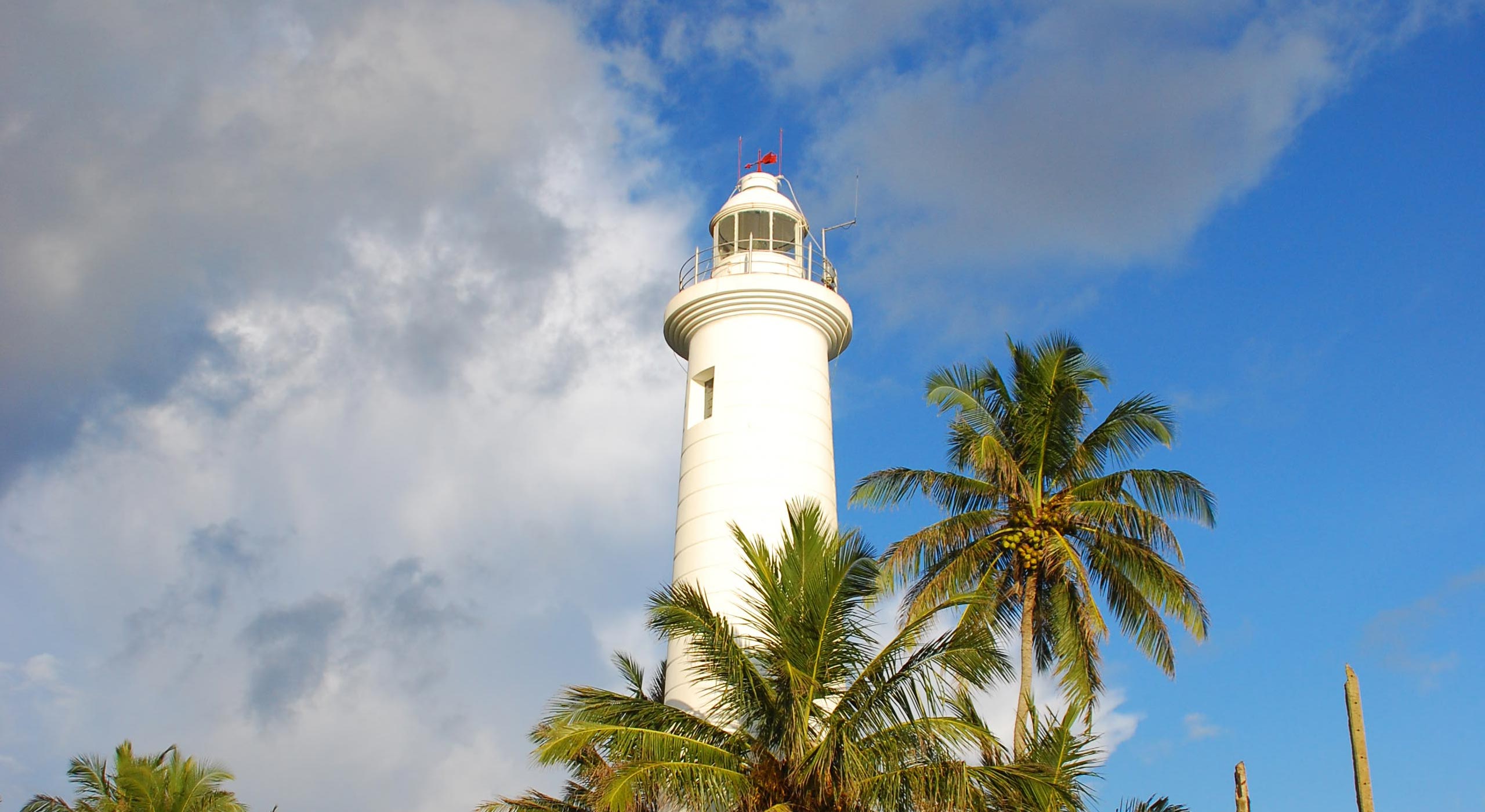In and Around Calamansi Cove – Cultural Heritage And Contemporary Architecture
6th August, 2018An island rich in history is often packed with several iconic places that are vibrant with contemporary architecture and eclectic colors. Dive into the wonder of these unique places during your stay at Calamansi Cove in Sri Lanka.
Lunuganga Estate
 Commonly referred to as Brief Garden, the Lunuganga Estate was a masterpiece created by Sri Lanka’s most famous and revolutionary architect, Geoffrey Bawa. He was often dubbed as the ‘father of Asian architecture’ and the 15-acre estate was his former country home, which includes an expansive garden and living quarters. Situated on the banks of Dedduwa Lake in Bentota, he developed the estate for 40 years until his death. The gardens which are meant to be a civilized wilderness of tropical plants are said to be ever-changing, to suit the time of day or mood, each point offering different views of the surroundings. There’s a series of courtyards and verandahs that offer a place of respite, while the house is intricately designed to merge with the environment. Lunuganga Estate is known to be one of his greatest creations, as it showcases the perfect example of his work, which cleverly blended light and natural surroundings.
Commonly referred to as Brief Garden, the Lunuganga Estate was a masterpiece created by Sri Lanka’s most famous and revolutionary architect, Geoffrey Bawa. He was often dubbed as the ‘father of Asian architecture’ and the 15-acre estate was his former country home, which includes an expansive garden and living quarters. Situated on the banks of Dedduwa Lake in Bentota, he developed the estate for 40 years until his death. The gardens which are meant to be a civilized wilderness of tropical plants are said to be ever-changing, to suit the time of day or mood, each point offering different views of the surroundings. There’s a series of courtyards and verandahs that offer a place of respite, while the house is intricately designed to merge with the environment. Lunuganga Estate is known to be one of his greatest creations, as it showcases the perfect example of his work, which cleverly blended light and natural surroundings.
Kowilawatte Temple
 An ancient church built during the Dutch era, and later converted to a Buddhist temple, Kowilawatte Temple is in the coastal town of Balapitiya. High arched windows and doors that are decorated with European-style motifs, towers strikingly against its surroundings. Inside the now-Buddhist temple, there are several large statues of the Buddha and similar, colorful paintings. Along the walls, you’ll also find several other figurines and images.
An ancient church built during the Dutch era, and later converted to a Buddhist temple, Kowilawatte Temple is in the coastal town of Balapitiya. High arched windows and doors that are decorated with European-style motifs, towers strikingly against its surroundings. Inside the now-Buddhist temple, there are several large statues of the Buddha and similar, colorful paintings. Along the walls, you’ll also find several other figurines and images.
Galle Fort
 In the southern district of Sri Lanka, lies the medieval town known of Galle. Listed as a UNESCO World Heritage Site, the old town of Galle has a rich history dating to 1588, during the Portuguese invasion where they invaded the island and built a fort around the city. Years later, the Dutch and British occupied the island, seized control and fortified it. The Galle lighthouse and clock tower are located on either end of the stone-ramparts and tower against the blue sky and ancient fort walls. The clock tower was a gift handed by a grateful patient to his doctor back in 1883 while the lighthouse was first built in 1848. Both entrances to the fort are marked with the Dutch Coat of Arms on their Portcullised gates. Within the fort, there are a few unique architectural wonders that display the relics of this ancient city such as the National Maritime Museum, the old Dutch Hospital and the Groote Kerk (the Dutch Reformed Church).
In the southern district of Sri Lanka, lies the medieval town known of Galle. Listed as a UNESCO World Heritage Site, the old town of Galle has a rich history dating to 1588, during the Portuguese invasion where they invaded the island and built a fort around the city. Years later, the Dutch and British occupied the island, seized control and fortified it. The Galle lighthouse and clock tower are located on either end of the stone-ramparts and tower against the blue sky and ancient fort walls. The clock tower was a gift handed by a grateful patient to his doctor back in 1883 while the lighthouse was first built in 1848. Both entrances to the fort are marked with the Dutch Coat of Arms on their Portcullised gates. Within the fort, there are a few unique architectural wonders that display the relics of this ancient city such as the National Maritime Museum, the old Dutch Hospital and the Groote Kerk (the Dutch Reformed Church).
